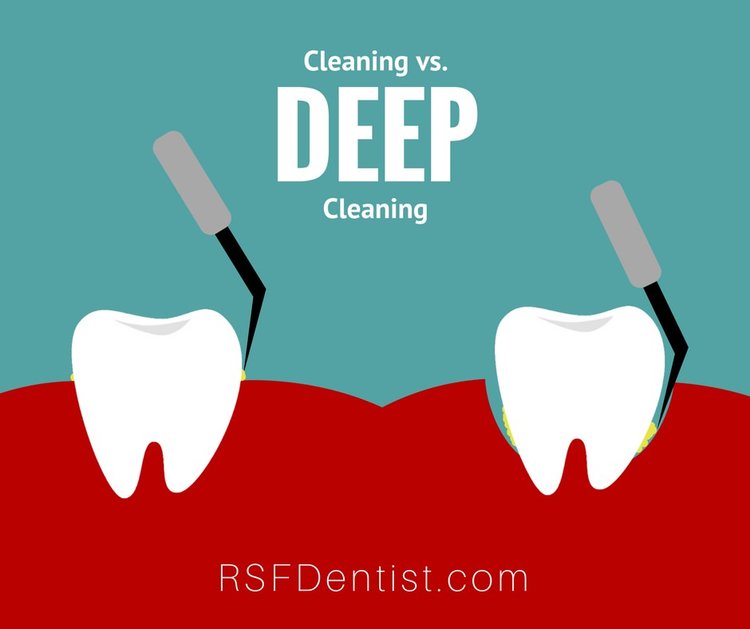Well, buckle up, because we’re about to take you on a sparkling adventure into the world of deep cleaning. In this article, we’ll unravel the mysteries of those two little words and reveal what it really means to embark on a deep clean. From tackling the abyss of your junk drawer to scrubbing away the secrets lurking in your bathroom tiles, we’ll equip you with all the knowledge you need to transform your space into a pristine sanctuary. So, grab your mop, put on your detective hat, and join us as we unravel the deep cleaning enigma!
What Does Deep Clean Mean?
Definition of Deep Clean
Deep cleaning is the process of thoroughly cleaning every nook and cranny of a space, leaving no dirt or grime untouched. It goes beyond regular cleaning and involves meticulous attention to detail. Deep cleaning aims to eradicate deep-seated dirt, stains, and bacteria that are not visible to the naked eye.
Importance of Deep Cleaning
Deep cleaning plays a vital role in maintaining a clean, healthy, and hygienic environment. Regular cleaning may remove visible dirt, but deep cleaning eliminates hidden bacteria and allergens that can have detrimental effects on our health. By investing in deep cleaning, we ensure that our homes, offices, and living spaces are safe and free from harmful pollutants.

This image is property of images.squarespace-cdn.com.
Benefits of Deep Cleaning
Deep cleaning offers numerous benefits. Firstly, it improves indoor air quality by eliminating dust, pet dander, and pollen from the environment. This is especially beneficial for individuals with respiratory conditions such as asthma and allergies. Secondly, deep cleaning prolongs the lifespan of furniture, carpets, and other household items by removing grime and preventing the buildup of dirt particles that can cause wear and tear. Lastly, deep cleaning reduces the risk of infections by eliminating bacteria and viruses, creating a healthier living environment for everyone.
Areas that Require Deep Cleaning
Several areas in our homes and offices require deep cleaning on a regular basis. These include:
- Carpets and rugs: Carpets are a breeding ground for dust mites, bacteria, and allergens. Deep cleaning them will ensure a healthier living space.
- Upholstery: Sofas, chairs, and cushions harbor dirt, germs, and stains. Deep cleaning helps to remove these and maintain the condition of the furniture.
- Kitchen: The kitchen is often a hub of activity and can accumulate grease, grime, and food residue. Deep cleaning the kitchen ensures a clean and safe space for food preparation.
- Bathroom: Bathrooms are prone to mold, mildew, and bacteria. Deep cleaning the bathroom eliminates these harmful contaminants and promotes hygiene.
- Windows and blinds: These areas accumulate dust and dirt, affecting the overall appearance of the space. Deep cleaning ensures clean and sparkling windows and blinds.
- High-touch surfaces: Items such as doorknobs, light switches, and remote controls are often overlooked during regular cleaning. Deep cleaning these areas is essential to prevent the spread of germs and bacteria.

This image is property of uploads-ssl.webflow.com.
Tools and Materials for Deep Cleaning
To successfully deep clean, it is important to have the right tools and materials. Here are some essential items:
- Broom and dustpan: These are useful for sweeping and collecting dirt and debris.
- Vacuum cleaner: An efficient vacuum cleaner is essential for cleaning carpets, upholstery, and hard-to-reach areas.
- Microfiber cloths: These are great for dusting and wiping surfaces, as they trap dirt and allergens effectively.
- Scrub brushes and sponges: These are useful for scrubbing and removing stubborn stains or dirt in various areas.
- Cleaning solutions: Choose appropriate solutions for different surfaces, such as all-purpose cleaners, disinfectants, and carpet cleaners.
- Gloves and protective gear: These ensure safety and protection while handling cleaning chemicals or dealing with potentially hazardous areas.
Step-by-Step Guide to Deep Cleaning
Step 1: Declutter
Before starting deep cleaning, it is important to declutter the space. Remove any unnecessary items, organize belongings, and clear surfaces to ensure effective cleaning.
Step 2: Dusting and Vacuuming
Begin by dusting surfaces, including furniture, shelves, and countertops. Use a vacuum cleaner to remove dust from carpets, rugs, and upholstery. Pay attention to corners, baseboards, and hard-to-reach areas.
Step 3: Cleaning High-Touch Surfaces
Next, clean high-touch surfaces such as doorknobs, light switches, and remote controls. Use disinfectant wipes or a cleaning solution to ensure these areas are free from germs and bacteria.
Step 4: Deep Cleaning Specific Areas
Focus on the areas that require deep cleaning. This may include carpet cleaning, upholstery cleaning, scrubbing bathroom tiles, or degreasing the kitchen. Follow manufacturer instructions and use appropriate cleaning solutions for each task.
Step 5: Deep Clean Furniture and Upholstery
For furniture and upholstery, vacuum thoroughly to remove crumbs and dirt. Use appropriate upholstery cleaner or fabric shampoo to remove stains and refresh the appearance.
Step 6: Window and Blind Cleaning
Clean windows inside and out using a glass cleaner and microfiber cloth. Remove dust from blinds using a duster or damp cloth.
Step 7: Floor Cleaning
Finish off by deep cleaning the floors. Sweep or vacuum to remove loose dirt, then mop using a suitable floor cleaner. Pay attention to corners and hard-to-reach areas, ensuring a thorough clean.
This image is property of www.monfredifamilydental.com.
Common Mistakes to Avoid in Deep Cleaning
While deep cleaning is essential, there are some common mistakes to avoid:
- Using improper cleaning techniques or solutions that may damage surfaces or furniture.
- Neglecting to read and follow the instructions on cleaning product labels.
- Rushing through the process, resulting in an incomplete or inefficient clean.
- Failing to regularly replace vacuum cleaner bags or clean filters, reducing its effectiveness.
- Overlooking often forgotten areas, such as light fixtures, ceiling fans, or air vents.
Frequency of Deep Cleaning
The frequency of deep cleaning will depend on several factors, including the size of the space, the number of occupants, and personal preferences. Generally, deep cleaning should be done every few months or at least twice a year. However, certain areas like the bathroom and kitchen may require more frequent cleaning due to their susceptibility to dirt and bacteria.

This image is property of www.smilesunlimited.com.au.
Professional Deep Cleaning Services
While deep cleaning can be done as a DIY project, some prefer to hire professional cleaning services for a thorough and hassle-free experience. Professional cleaners have the expertise, tools, and materials to ensure a comprehensive deep clean, leaving the space spotless and sanitized.
Conclusion
Deep cleaning is a crucial aspect of maintaining a clean, healthy, and hygienic environment. By understanding the meaning of deep clean and following the step-by-step guide, we can achieve a thorough clean in our homes and offices. Whether done as a DIY project or with the help of professionals, deep cleaning ensures a fresh and safe living space for everyone. So, let’s embrace the benefits of deep cleaning and say goodbye to hidden dirt and germs!
This image is property of www.monfredifamilydental.com.

